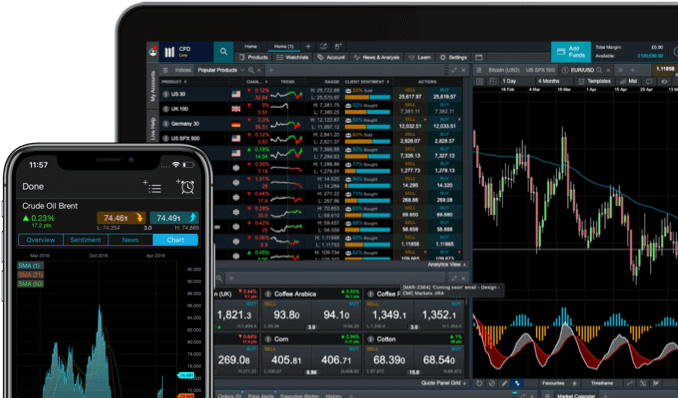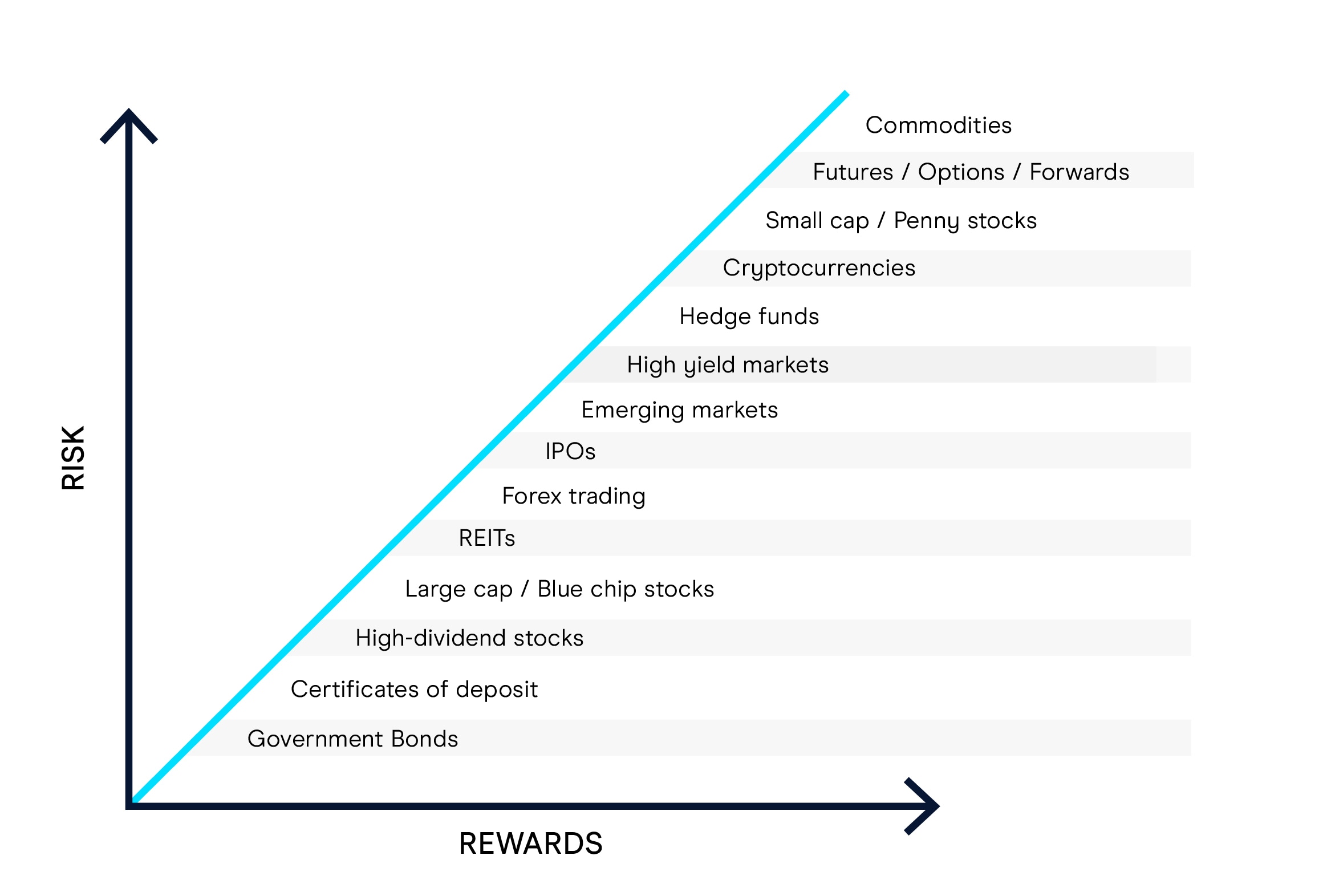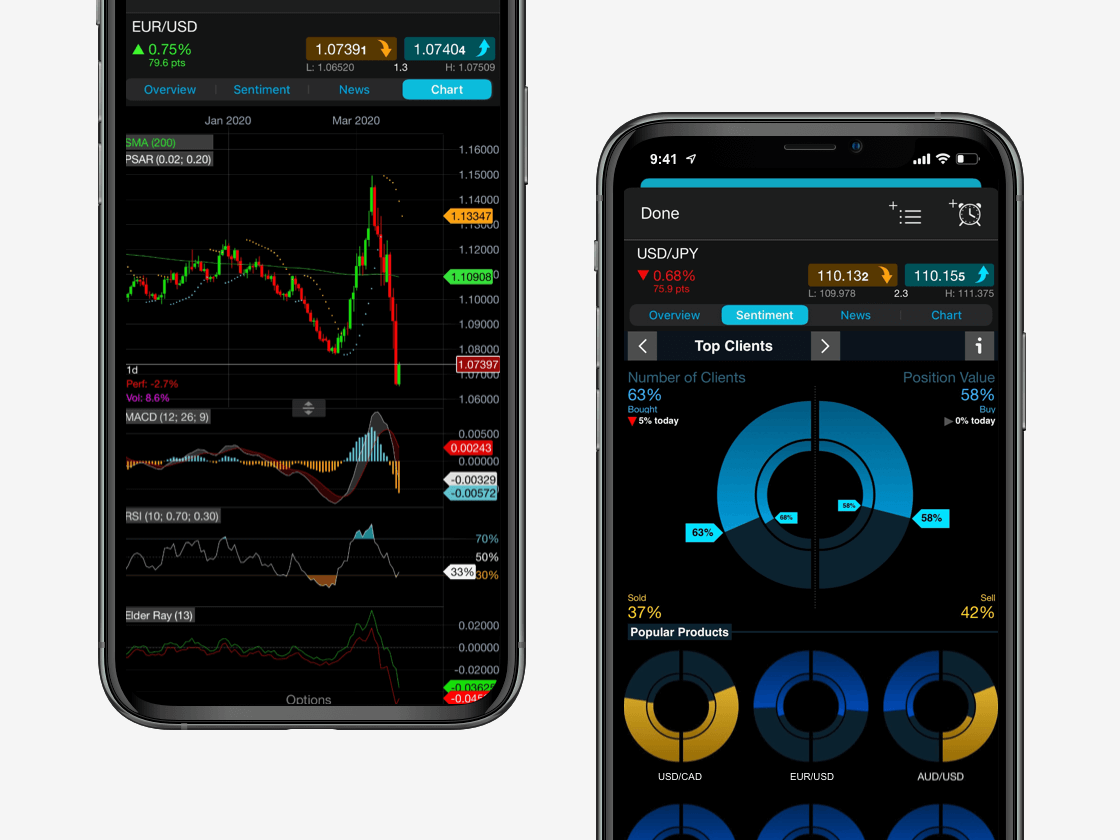Best Forex 1 5 Ratio Strategy
- Home
- Learn to trade
- Trading guides
- Risk/reward ratio
When trading within the financial markets, there is always a degree of risk. It is a good idea, therefore, for investors to calculate the amount of risk along with potential profits before placing a trade, which is known as the resulting 'risk/reward ratio'.
A risk/reward ratio measures the difference between a trade entry point to a stop-loss and take-profit order. Using these ratios allows a trader to assess the potential for profit or loss of a trade. Two units of expected gain to one unit of potential loss would be represented as a 1:2 ratio.
This ratio approximates the reward that an investor may earn against the risk that they are willing to invest. It is presented in price form; for example, a risk/reward ratio of 1:5 means that an investor will risk $1 for the potential earning of $5. This is known as the expected return. Calculating risk/reward ratios is an important aspect of risk management, especially when trading in volatile markets, when the prospect of risk is much higher than the potential earnings.
Get tight spreads, no hidden fees and access to 11,000 instruments.
Start trading
Includes free demo account

What is risk and reward in trading?
There is an increased chance of losing money when trading in high-risk markets, including commodities and forex. This is because these markets are highly liquid and volatile, and are affected by a number of internal and external factors, including economic indicators. Other derivative products, such as futures, forwards and options, are also a risky investment, along with certain types of stocks and exchange-traded fund investments.
Certain trading strategies are also considered high risk in comparison with others. Short-term strategies such as scalping and day trading aim to make small but frequent profits from price fluctuations in volatile markets, by entering and exiting the position as quick as possible. These strategies can pay off if successful but there is an equal risk of losing a large amount of money.

What is a good risk/reward ratio?
The general theory is that if the risk is greater than the reward, the trade will not be worth it. A good risk/reward ratio could be seen as greater than 1:3, where you would risk 1/4 of the overall potential profit. For trading to prove profitable in the long term, a trader should not typically risk their capital for a lower risk/reward ratio, as this will mean that half or more of their investment could be lost. When trading with leverage, these losses will be magnified.
However, it is not that simple, and the risk/reward ratio that a trader adopts depends on their trading experience, style and strategy. Advanced traders will often use a lower risk reward ratio, such as 1:1 or 1:2, in the hope of the risk paying off.
1 to 1 risk/reward ratio
This ratio is usually put into practise by more experienced or daring traders, who are willing to risk a higher percentage of capital for a higher potential profit. A risk/reward ratio of 1:1 means that an investor is willing to risk the same amount of capital that they deposit into a position. This can go in two directions: either the trader will double their amount of capital through a winning trade, or they will lose all of their capital.
If you are planning to trade using a lower ratio, you should prepare yourself to experience losing trades. Emotions in trading can have a negative effect on your positions, so it is best to detach yourself from the situation and instead focus on monitoring price charts and staying alert for the duration of your trades, whether these be short-term or long-term.
How to calculate risk/reward ratio
You will need to set upside and downside targets based on the current market price to calculate the ratio, which is a very simple formula:
Risk/reward ratio = total profit target ÷ maximum risk price
If after calculating the ratio, it is below your threshold, you may wish to increase your downside target. Using a stop-loss order when opening a position will close you out of your position at a certain point. This ensures that you do not exceed your maximum loss level.
Risk vs reward analysis
How to calculate risk/reward ratio in forex
The forex market makes for a good example when calculating the risk/reward ratio. When trading currency pairs, the smallest price movement is referred to as a pip (percentage in point) and these pips move up and down when a currency's value strengthens or weakens.
Lets' say that you open a spread betting position to trade on EUR/USD, which is perhaps the most popular major forex pair to trade. You take a stance on whether the currency pair will rise or fall in price. If you set a profit target of 100 pips and risk 50 pips, this equals a risk/reward ratio of 1:2. This is because, for every 50 pips you risk, you have the chance earn back a profit of double the amount. However, remember that you will need to take into account charges such as spreads and transaction costs, so this profit would be reduced slightly.
Economic strength and stability, as well as instability, can have an effect on a currency pair's price. In times of economic hardship, a country's national currency can crash and weaken against the secondary or quote currency of the currency pair. This is when traders should take extra caution when trading in the forex market, as currencies can depreciate in value at a rapid pace.
Share market risks and rewards
The share market is one of the most popular and liquid financial markets to trade after forex. For this reason, it comes with many risks and rewards. The stock market is made up of penny, micro-cap, small, medium and large-cap stocks, as well as blue-chips, which set the benchmark for their industry. Different types of stocks produce different risk/reward ratios.
Similar to forex trading, the share market is equally affected by fundamental factors. Economic indicators such as news releases, earnings reports and a country's economic stability can cause a company's share price to plunge. Alternatively, a company's stock price can soar after a positive earnings report. This leads to what is called a short squeeze, when traders all scramble at once to buy the company's stock, leading short sellers to exit their trades as quickly as possible. This can be equally damaging to investors as a fall in share price.
Trading stocks can produce volatile results, therefore, it is necessary to stress the importance of risk management when entering a market that you are unfamiliar with. Risk/reward ratios should be thoroughly considered before placing a bet.
High-risk, high-reward investments
As shown in the chart at the start of the article, some financial investments come with a much higher risk than others. This includes futures and options, and these often work well within volatile markets such as commodities trading. Taking a chance on high risk high reward stocks, such as small-cap or penny stocks, can also pay off in the long-term if they show consistent earnings, balance sheets and cash flows in the long-term. Some of these stocks may obviously dissolve within their early days, while some may turn into the next blue-chip stocks. Trading emerging markets works in a similar way to these equities, either through exchange-traded funds (ETFs) or initial public offerings (IPOs).

Risk/reward in trading
If you are worried about the level of risk associated with trading the financial markets, there is always the option to trade on a demo account on our award-winning online trading platform, Next Generation. This allows you to practise with virtual funds before entering the live markets, with access to many of the same benefits. If you have already calculated your risk/reward ratios and are ready to start trading the live markets, create a live account now. Please note that stocks and ETFs can only be traded with a live account, and you will have access to exclusive features such as our social trading forum.
You can familiarise yourself with our trading platform by registering above. Take advantage of our drawing tools, customisable chart types, price projection tools, technical indicators and news and analysis sections for the ultimate trading experience.
Risk/reward indicator for MT4
We also host the international trading platform, MetaTrader 4, which is known for its endless range of indicators and add-ons that are created by users of the platform. Trading with MT4 includes an algorithmic system for faster and more seamless execution, which is important when trading in volatile and risky markets. Many users have already created risk/reward indicators for the MT4 software, which help to calculate the ratios automatically as traders decide where to enter and exit a position. Learn more about the MT4 platform or get started by now registering for an account.

Seamlessly open and close trades, track your progress and set up alerts
Disclaimer: CMC Markets is an execution-only service provider. The material (whether or not it states any opinions) is for general information purposes only, and does not take into account your personal circumstances or objectives. Nothing in this material is (or should be considered to be) financial, investment or other advice on which reliance should be placed. No opinion given in the material constitutes a recommendation by CMC Markets or the author that any particular investment, security, transaction or investment strategy is suitable for any specific person. The material has not been prepared in accordance with legal requirements designed to promote the independence of investment research. Although we are not specifically prevented from dealing before providing this material, we do not seek to take advantage of the material prior to its dissemination.
Apply for a live account
Complete our straightforward application form and verify your account
Fund your account
Deposit easily via debit card, bank transfer or PayPal
Find and trade
One touch, instant trading available on 11,000 instruments
Source: https://www.cmcmarkets.com/en-gb/trading-guides/risk-reward-ratio

0 Response to "Best Forex 1 5 Ratio Strategy"
Post a Comment